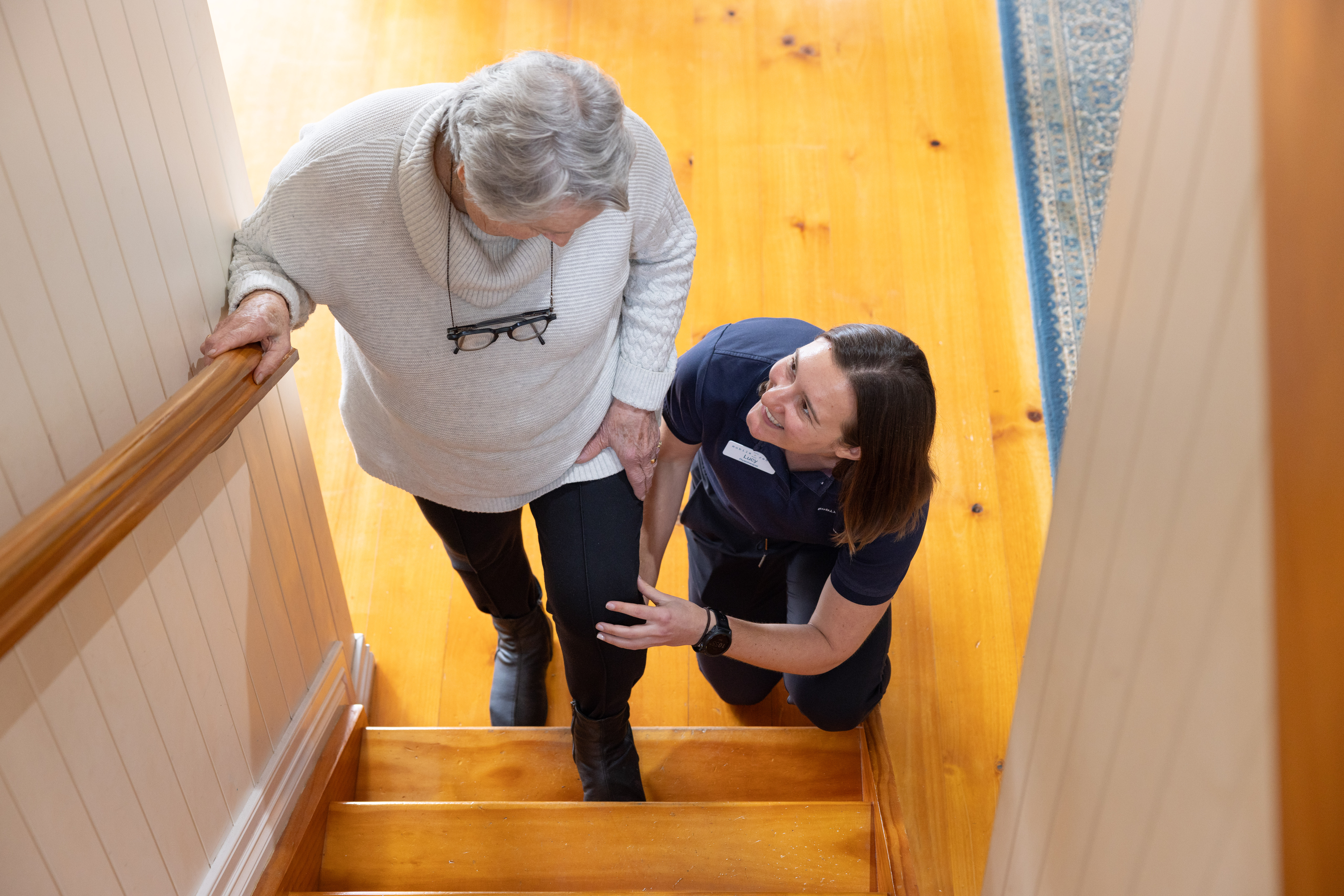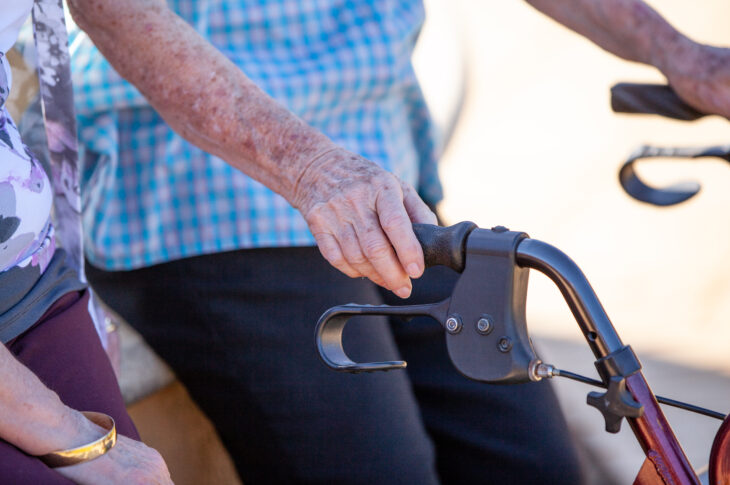Falls are a significant health risk for older Australians, but many are preventable. Data from the Australian Institute of Health and Welfare (AIHW, 2022) highlights the severity of the issue, showing that people aged 65 and over account for nearly all fall-related deaths (94%) and more than half of fall-related hospital hospitalisations (59%). While falls can be complex events, it’s important to remember that many are preventable.
The Complexity of Falls
Preventing falls requires a multifactorial approach. It’s not just about physical factors; the fear of falling can also lead to reduced activity and a decreased quality of life, even if someone hasn’t actually experienced a fall. Therefore, engaging older people in falls prevention programs is crucial for success. A key takeaway is that all older adults can benefit from interventions focused on balance, strength, and mobility to help prevent falls. It’s also worth noting that cognitive impairment can increase the risk of falls.
What Constitutes a Falls Risk?
So, what factors indicate an increased risk of falling? According to the information, a falls risk is constituted by:
- A history of falls
- At least one injurious fall or multiple non-injurious falls
- Unsteady gait or balance
- A comprehensive assessment is essential to properly evaluate and address these risks.
The Importance of Mobility
Mobility is another critical factor in healthy ageing. It can be defined as an individual’s ability to change position, move between locations, and perform basic ambulation. Maintaining mobility is important for promoting healthy ageing and enhancing quality of life.
However, mobility can be affected by several factors, including:
- Bone structure changes
- Weakness
- Joint problems
- Neurological conditions
With age, musculoskeletal disorders become more prevalent, which can lead to difficulty walking, decreased independence, and increased hospital admissions.
Taking Action
Understanding the factors that contribute to falls and impaired mobility is the first step in prevention. By addressing these issues through comprehensive assessment and targeted interventions, we can work towards keeping older adults safe, mobile, and enjoying a higher quality of life.


